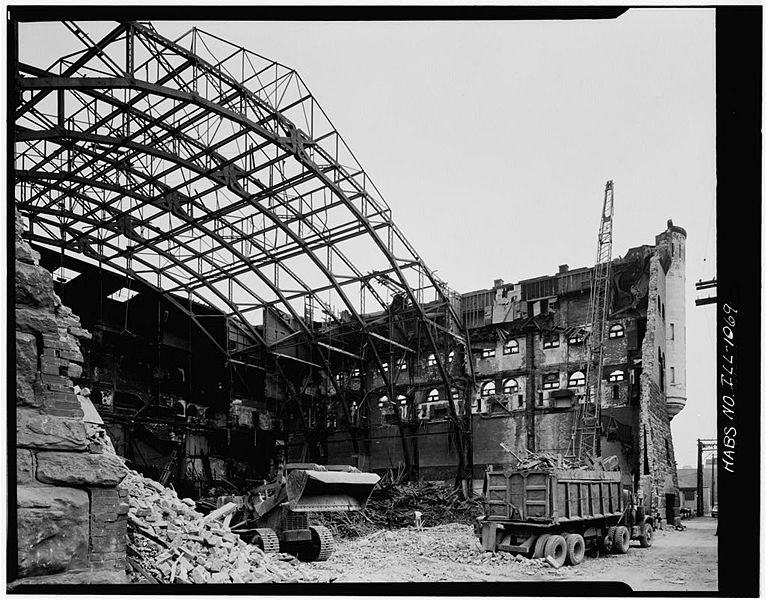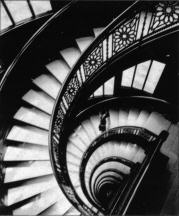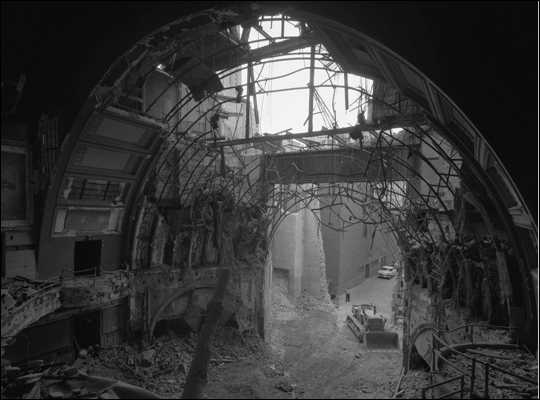Richard Nickel – photographer, preservationist, hero
"Great architecture has only two natural enemies: water and stupid men." - Richard Nickel
The archive of photographer Richard Nickel was recently donated to the Art Institute of Chicago. Nickel is a hero in the Chicago preservation and architecture communities for his early and dedicated work to preserve and document so much of Chicago's early architectural history. Working throughout the 1950's and into early 1970's, Nickel tirelessly recorded much of the work of Adler and Sullivan, Daniel Burnham, Holabird and Roche, Frank Lloyd Wright and others. These were the ugly, dark days for urbanism and architecture in the US, as hundreds of magnificent buildings were demolished by private developers and public institutions to make way for "progress" and urban renewal. What was lost was priceless buildings, glorious creations of great architecture and great neighborhoods.
Nickel not only took countless photos of endangered buildings, but he was also an ardent campaigner against the kind of wanton destruction that some Chicagoans were attempting. The demolition of Louis Sullivan's work was Nickel's prime target and his efforts included not only taking photos but saving actual pieces of soon-to-be-demolished buildings. The interior of the Chicago Stock Exchange building is a part of the Art Institute, on permanent display, due his work and that of other zealots he recruited. Louis Sullivan is now known as one of the greatest of all American architects and much of his body of work exists solely in Nickel's archive.
Nickel's story ended tragically and in some mystery. His body was found inside the demolition site of the Chicago Stock Exchange building, buried under a collapsed stair. Under great risk, he often entered building sites where demolition was already underway, and his photos are often the only documentary evidence that exists of so many buildings. In the case of the Stock Exchange, he returned many times after the official salvage operation was complete to retrieve and document.
His archive, some 15,000 photographs, prints and negatives, has been held by The Richard Nickel Committee and available for viewing only by professionals and academics. Hopefully now that it is housed at the Art Institute, some of this man's heroic and beautiful images can be viewed more easily by the citizens of Chicago, who have benefited so powerfully from his heroic efforts.
For more info on Nickel, I recommend They All Fall Down by Richard Cahan, on Nickel, his preservation efforts and those of Chicago architect John Vinci.



